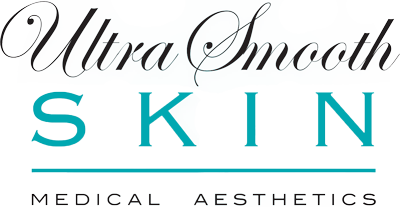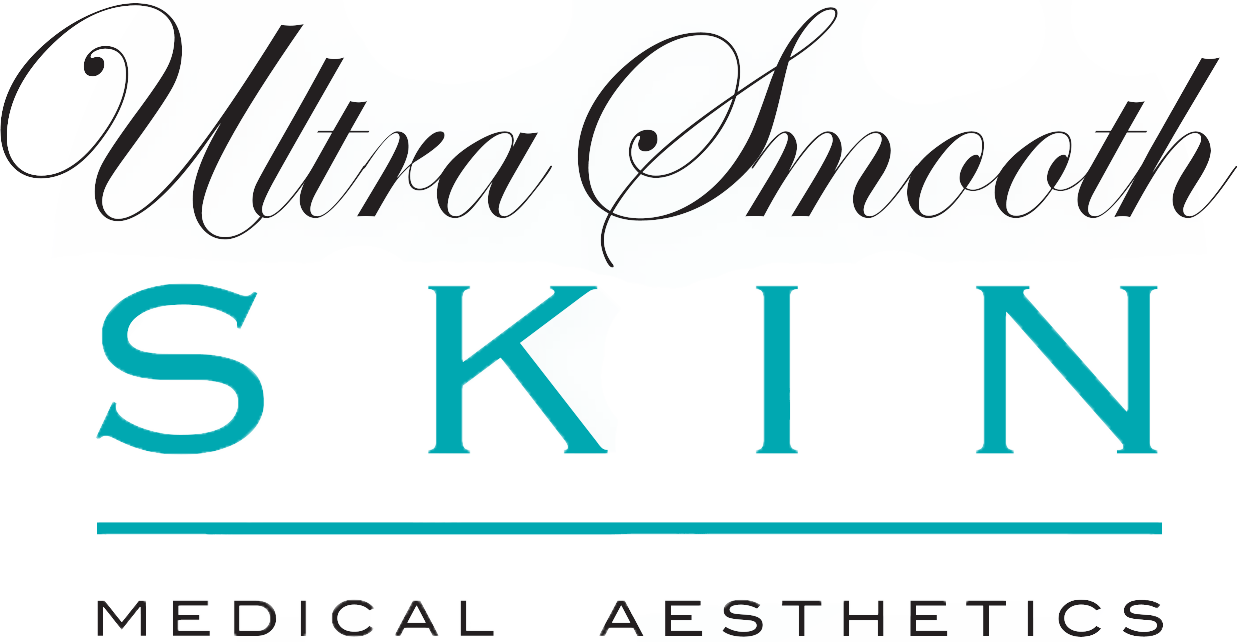Skin fillers, also known as dermal fillers and Botox, or botulinum injections, have been used for some time to get rid of wrinkles and furrows in the skin. Some people think skin fillers and Botox might be too hazardous to contemplate, especially Botox injections. While Botox and skin fillers do come with some risks, they’re not nearly that bad.
Skin Fillers
Dermal fillers can be made of many substances. One of the safest dermal fillers is made of the patient’s own fat. The fat is removed by liposuction, then injected into those places in the face that need to be plumped out. Other skin fillers are collagen taken from human cadavers, pigs or cows. Another good dermal filler is calcium hydroxylapatite, which is used to correct very deep wrinkles like those along the sides of the mouth called marionette lines. Calcium hydroxylapatite is used for furrows because it’s taken from human bone and is heavy. Hyaluronic acid is also used as a dermal filler, as is the synthetic filler polylactic acid. Hyaluronic acid is made naturally by the body but decreases as people grow older. Polylactic acid also stimulates the body to create its own collagen, which keeps skin springy and wrinkle-free.
Botox
What might scare people about Botox is that it’s made from the same bacteria that causes botulism food poisoning. Botulism is a neurotoxin and blocks signals from the nerves. This paralyzes the muscles and helps smooth out areas of skin that are wrinkled. Some minor side effects of Botox injection might be eyelids that droop or difficulty in properly chewing food. People can also suffer from headaches, double or blurred vision, or dry mouth. Some patients are allergic to Botox, but this can be ascertained before the procedure. Ask your clinician what might be the best anti-wrinkle treatment for you.
Copyright 2012. As licensed to Ultra Smooth Skin. All rights reserved

